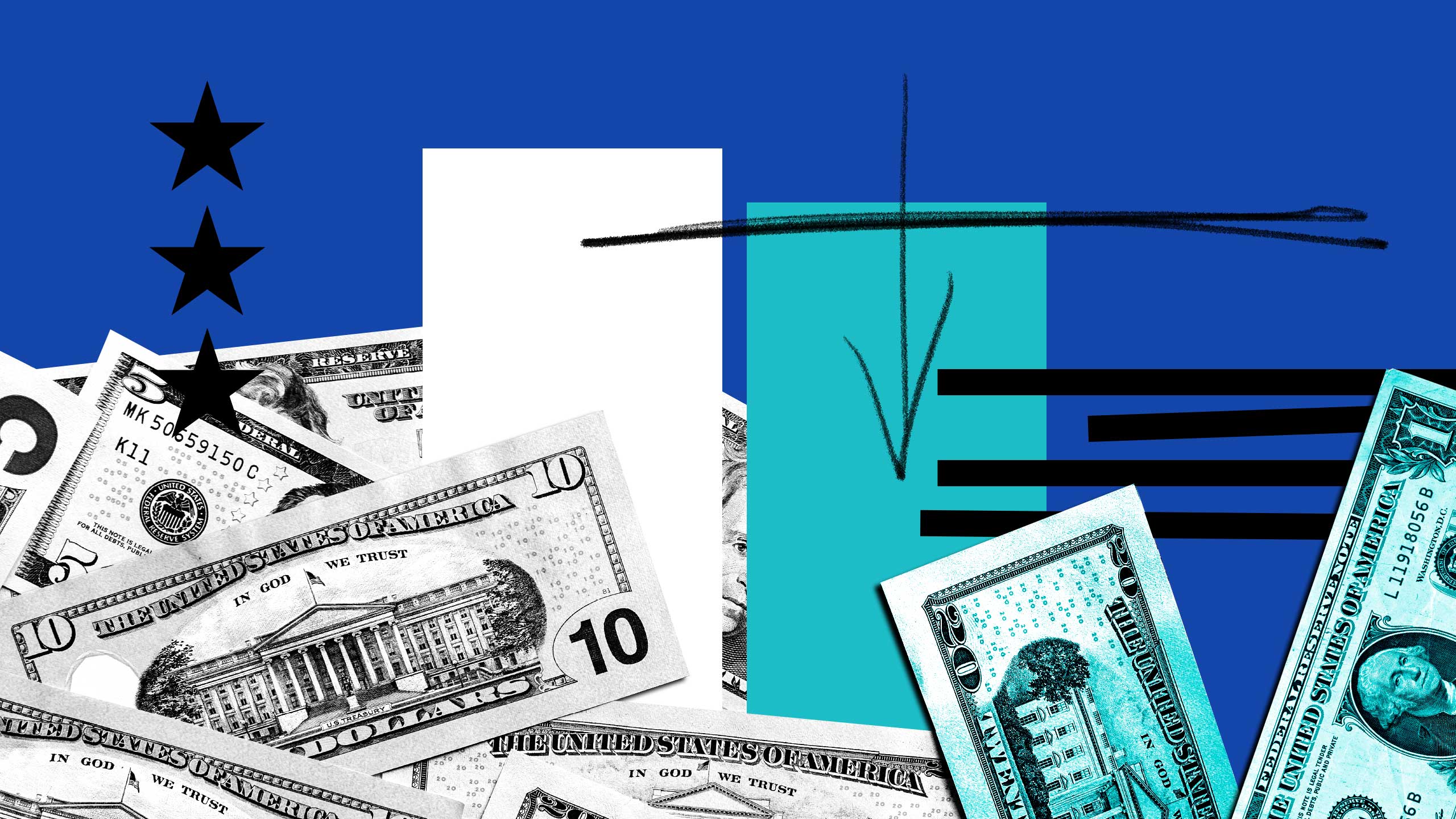A first-of-its-kind report finds that LGBTQ2S+ workers in the United States earn significantly less income than their straight, cis colleagues.
A survey of 7,000 respondents found that queer and trans people take home about 90 cents for every dollar that a cisgender, heterosexual person earns. The average worker in the U.S. brings in $1,001 each week but that total is just $900 for queer and trans employees, according to the Human Rights Campaign Foundation, the education arm of America’s largest LGBTQ2S+ organization.
Jay Brown, HRC’s senior vice president of programs, research and training, notes in a statement accompanying the Jan. 19 report that even this is likely a best-case scenario for what an LGBTQ2S+ wage gap in the U.S. might entail. The survey didn’t include workers, for instance, who are currently out of a job.
“It is possible that wage disparities may be even larger than what is reported here because our analyses focused just on full-time employed workers, and did not account for wages among part-time workers, or non-wage earners,” Brown says. “Earning less impacts every facet of our lives—including access to housing, healthcare and food security—and must be addressed head on.”
The apparent wage gap between LGBTQ2S+ workers and the general U.S. population affected segments of the community differently, however. Black and Latinx LGBTQ2S+ employees earned just 80 cents and 90 cents, respectively, for every dollar that their colleagues bring in each week. LGBTQ2S+ women, as a whole, fell in the middle of these two groups—at 87 cents—but Black LGBTQ2S+ women were slightly more affected, making 85 cents for each dollar the average worker earns.
Trans workers were some of the most profoundly affected by the wage gap. Trans women earn 60 cents on the dollar compared to the general U.S. workforce; that increases to 70 cents for trans men.
Shoshana Goldberg, director of public education and research for the HRC Foundation, says these findings illustrate the “compounding effects” of multiple layers of marginalization on members of the LGBTQ2S+ community. In particular, they show “how different factors” such as race, gender and ethnicity “intersect in different ways” to create the wage gap.
“For trans women, it’s the compounding effect of discrimination associated with being a woman and being trans,” Goldberg tells Xtra. “It leads to an even larger wage gap when you combine these two marginalized identities.”
Although feminist activists have long cited the oft-deployed statistic that women earn 70 cents for every dollar a man earns in the workplace, much of the information contained in the HRC Foundation’s survey was previously unknown. This is, in part, due to lack of data collection from federal authorities: although the U.S. Census Bureau was weighing questions about sexual orientation and gender identity in the 2020 census, those were not included. (Respondents were asked for the first time, however, if they are part of a same-sex household.)
Goldberg believes the lower wages reported by LGBTQ2S+ workers is a product of the “discrimination that these communities face traditionally,” such as being denied employment or being terminated from their jobs due to their identities. A 2021 report from the Williams Institute, a non-profit think tank at the University of California, Los Angeles, found that 46 percent of workers had experienced mistreatment on the job because they are LGBTQ2S+.
“A lot of people aren’t aware of the disparities that our community faces,” Goldberg says, noting a 2019 Reuters report finding that half of Americans believed LGBTQ2S+ people were already protected from workplace discrimination prior to the Supreme Court’s ruling the following year. “The more that people are aware of this, the more that people can actually address it.”
And yet despite a lack of public awareness, previous research has shown that queer and trans people face a variety of financial burdens. For instance, a separate report from the Williams Institute in 2019 found that one in five LGBTQ2S+ people (21.6 percent) live under the poverty line. Data from the National LGBTQ Task Force, meanwhile, indicates that trans people are four times as likely to earn less than $10,000 in annual household income than the average American.
COVID-19 has only exacerbated these disparities, according to the HRC’s own findings. Surveys conducted in April 2020 found that LGBTQ2S+ people were more likely than the general workforce to have lost out on hours or been terminated from their position during the early days of the pandemic.
Goldberg hopes the non-profit advocacy group’s new report helps raise awareness about the issues LGBTQ2S+ people continue to face and combats persistent myths about queer affluence.
“It pushes back against this myth about the white gay couple—double income, no kids—who are living large in Chelsea,” she says of the survey’s findings. “Now that we have this data for the first time, we can really concretely say: ‘Hey, this is a real thing that’s happening. Here’s what it looks like. Here’s the actual dollar amount.’ The first step in getting people to buy in is making them aware that this gap even exists.”


 Why you can trust Xtra
Why you can trust Xtra


